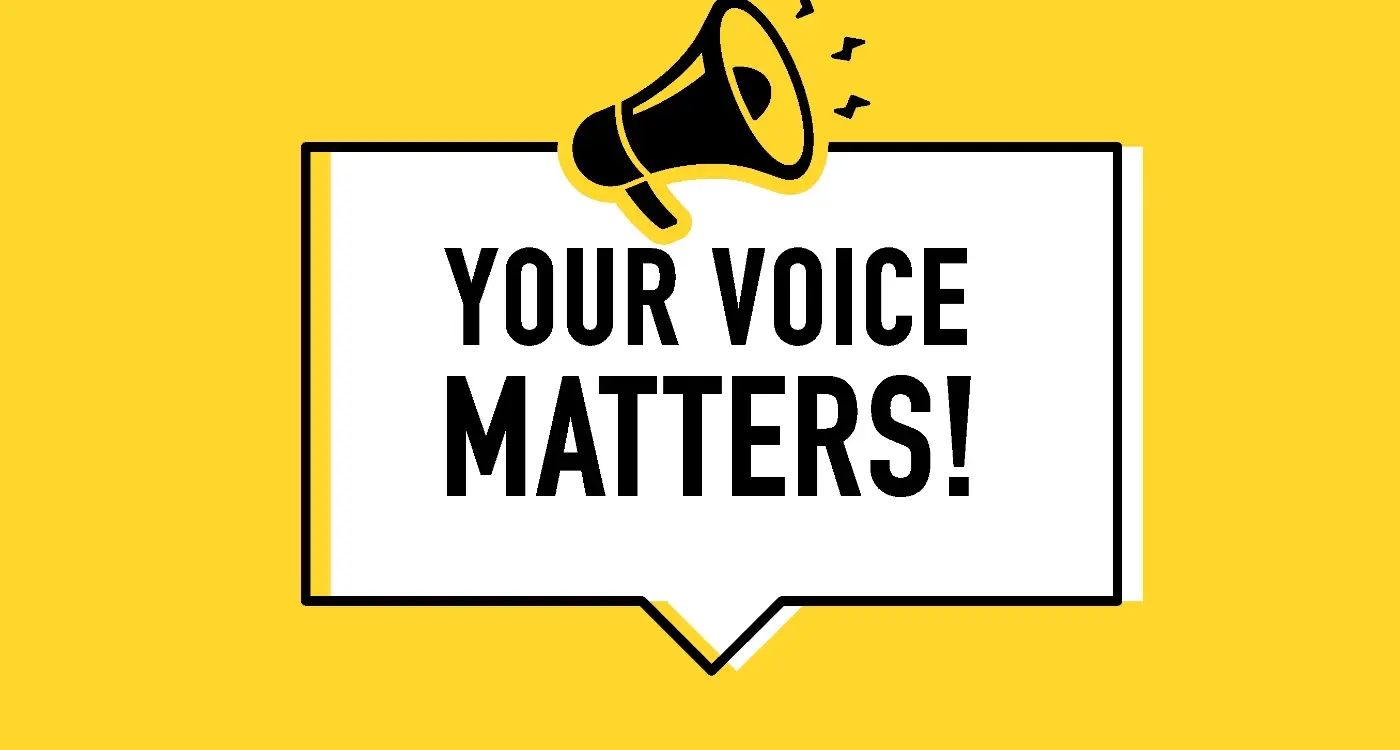What Data Sources Drive Effective Mobile App Personalisation?
A customer opens their favourite shopping app and immediately sees a personalised homepage featuring the exact style of trainers they've been browsing, a discount on their preferred brand, and recommendations based on their recent purchases. This isn't magic—it's the result of multiple data sources working together to create a personalised experience that feels almost mind-reading in its accuracy. But here's the thing: most app developers are only scratching the surface of what's possible with personalisation data.
After years of building apps that need to engage users from day one, I've seen firsthand how the right data sources can transform an app from generic to genuinely helpful. The difference between apps that users delete after a week and those that become daily habits often comes down to how well they understand and respond to individual user needs. It's not just about collecting data—it's about collecting the right data and knowing how to use it effectively.
The most successful apps don't just collect user data; they turn that data into genuine value for every individual user
The challenge is that personalisation data comes from everywhere: how users navigate through your app, what device they're using, where they are when they open it, what they buy, and even what time of day they're most active. Each data source tells part of the story, but it's only when you combine them that you get the complete picture. Throughout this guide, we'll explore the key data sources that drive effective mobile app personalisation and how to use them to create experiences that users actually want to engage with. Because honestly? In today's competitive app market, generic experiences just don't cut it anymore.
User Behaviour Data
Right, let's talk about user behaviour data—honestly, this is where the magic happens in mobile app personalisation. After building apps for nearly a decade, I can tell you that understanding how users actually interact with your app is far more valuable than any demographic survey or market research report.
User behaviour data captures the digital footprints people leave behind as they navigate through your app. We're talking about which screens they visit, how long they spend there, what buttons they tap, where they scroll, and crucially—where they get stuck or bail out completely. It's like having a window into your users minds without having to ask them a single question.
Key Behaviour Metrics That Matter
- Session duration and frequency patterns
- Navigation paths and screen transitions
- Feature usage rates and abandonment points
- Search queries and filter preferences
- Touch interactions and gesture patterns
- Error encounters and recovery actions
- Notification response rates and timing
The beauty of behaviour data is that it's completely honest. Users might tell you in a survey that they love a particular feature, but their actual usage patterns tell a different story. I've seen apps where the most hyped feature gets ignored while users gravitate towards something the development team considered a minor addition.
What makes this data so powerful for personalisation is its predictive nature. When someone consistently checks their fitness stats every morning at 7 AM, your app can start preparing that content in advance. If they always skip the tutorial videos but dive straight into hands-on features, you can create onboarding experiences that feel natural for each individual user. This isn't just about showing different content—its about creating pathways that feel natural for each individual user.
Device and Technical Information
Right, let's talk about something most people overlook when they think about personalisation—the technical stuff. I mean, it sounds boring, doesn't it? But honestly, device and technical data is like having a secret window into how your users actually behave with your app.
When I'm building apps, I always set up tracking for device type, operating system version, screen size, and connection speed from day one. Why? Because a user on a brand new iPhone 15 Pro with 5G is going to have completely different expectations than someone using a three-year-old Android phone on patchy WiFi. And if you treat them the same way, you're missing a massive opportunity.
Always test your personalisation features on older devices with slower connections—that's where you'll discover if your approach actually works for all users, not just the tech-savvy ones with latest kit.
The beauty of technical data is its reliability; devices don't lie about their specs or pretend to have capabilities they lack. I use this data to automatically adjust image quality, simplify animations for lower-end devices, and even change entire user flows based on screen size. But here's where it gets interesting—you can combine technical data with behaviour patterns to create really smart personalisation.
Key Technical Data Points That Actually Matter
- Device model and age (affects performance expectations)
- Operating system version (determines available features)
- Screen resolution and size (influences interface design)
- Available storage space (impacts content caching)
- Battery level and charging status (affects usage patterns)
- Network type and speed (determines content delivery)
- App version and update history (shows engagement level)
One thing that always surprises clients is how much battery level affects user behaviour. People interact differently with apps when their battery is low—they want faster, more direct paths to what they need. Designing navigation that adapts to these technical constraints? That's proper user-centred design.
Location and Context Data
Location data is probably one of the most powerful personalisation tools we have as app developers, but its also one of the trickiest to get right. I mean, when someone opens your app at 8am near a coffee shop versus 9pm at home—those are completely different moments with different needs, right? The context changes everything.
GPS coordinates are just the starting point though. Sure, knowing someone is in London versus Manchester helps, but the real magic happens when you combine location with time, weather, and behavioural patterns. I've worked on retail apps that automatically surface winter coats when the temperature drops below 10 degrees, or restaurant apps that switch to breakfast menus based on local time zones. It sounds simple but the impact on user engagement is genuinely impressive.
Beyond Basic GPS Tracking
The smartest apps I've built don't just track where users are—they understand where users go regularly. Home, work, gym, that coffee shop they visit every Tuesday. Once you identify these patterns, you can predict what someone might need before they even realise it themselves. A fitness app that knows you're at the gym can automatically start workout tracking; a shopping app can remind you about items when you're near the relevant store.
But here's the thing about location data—privacy concerns are massive these days. Users are much more aware of whats being tracked and why. You need to be completely transparent about what location data you're collecting and how its being used. Always ask for permission clearly, explain the benefits, and give users control over their data. Trust me, the personalisation benefits mean nothing if users don't trust your app enough to keep it installed.
Social and Demographic Insights
Social and demographic data is where things get really interesting—and where most apps completely mess it up. I've seen countless projects where teams assume they know their users based on age and location alone. That's not personalisation; that's just lazy stereotyping that'll backfire spectacularly.
The social side of user data goes way beyond "connected via Facebook." We're talking about sharing behaviours, social proof preferences, and how users interact with community features. Some people love public leaderboards and social challenges; others prefer private progress tracking. Getting this wrong means pushing social features onto introverted users—which is basically guaranteed to drive them away.
Understanding demographic patterns helps predict user preferences, but social behaviour data reveals how they actually want to engage with your app
Demographic insights work best when layered with behavioural data. Sure, knowing someone's age bracket and general location matters for content relevance. But here's what I've learned after years of A/B testing: a 25-year-old professional in London might have completely different app usage patterns than another 25-year-old professional in the same city. Their social preferences, privacy attitudes, and interaction styles can be worlds apart.
Privacy-First Social Data Collection
The key is collecting social and demographic insights without being creepy about it. Let users self-report preferences through onboarding flows and settings panels. Track social sharing patterns and community engagement naturally within your app. Most importantly—and I cannot stress this enough—always give users control over how their social data gets used for personalisation. The apps that nail this balance see much higher engagement rates and better user retention than those that try to guess everything behind the scenes.
Purchase and Transaction History
Right, let's talk about the goldmine that is purchase and transaction data. After building apps for retail giants and fintech startups, I can tell you that this information is absolutely game-changing for personalisation—but only if you handle it properly.
Your users transaction history tells you what they actually value, not just what they browse or add to their basket. I mean, there's a massive difference between someone who looks at expensive gadgets and someone who actually buys them, right? This data shows real purchasing power, brand preferences, and spending habits that you simply can't get anywhere else.
But here's where it gets interesting. Its not just about what people buy—it's about when, how often, and what triggers those purchases. I've seen apps double their revenue by spotting that certain users always buy premium items right after payday, or that others are more likely to make purchases when they receive personalised discount notifications.
Making Transaction Data Work for You
The key is segmenting users based on their purchasing behaviour. Light buyers, regular customers, and high-value users all need completely different experiences. A client of mine in the fashion space discovered that their VIP customers actually preferred subtle product recommendations over flashy sales banners—who would have thought?
Payment method preferences matter too; someone who uses Apple Pay might respond better to quick-purchase prompts, while users who prefer bank transfers usually want more detailed product information before buying.
Just remember—this data is incredibly sensitive. Make sure your privacy policies are crystal clear about how youre using purchase information, and always give users control over their data.
Content Consumption Patterns
Content consumption patterns tell you exactly what your users care about—and more importantly, what they don't. I've seen apps fail because they assumed users wanted one thing, when the data showed they were actually interested in something completely different. It's a bit mad really, but tracking how people consume content within your app gives you a crystal clear picture of their preferences, interests, and even their personality traits.
When I build personalisation systems, I'm looking at which articles people read to completion versus which ones they abandon after 10 seconds. What videos do they watch multiple times? Which product categories do they browse but never purchase from? This isn't just about what content performs well—its about understanding the individual user behind each interaction.
What Content Patterns Actually Matter
The key metrics I focus on aren't the obvious ones. Sure, time spent matters, but scroll depth tells me if someone's actually reading or just scrolling through. Return visits to specific content pieces show genuine interest; sharing behaviour reveals what users find valuable enough to recommend to others.
- Reading completion rates for articles and posts
- Video watch time and replay frequency
- Content sharing and saving behaviours
- Topic preferences and category browsing patterns
- Search queries within your app
- Comment and reaction patterns
Don't just track what content gets consumed—track the sequence. Users who read beginner content then jump to advanced topics behave very differently from those who browse randomly. This progression data is gold for personalisation.
One pattern I've noticed across different apps is that users often consume content in predictable cycles. Morning commuters want quick, digestible pieces; evening users prefer longer, more detailed content. Weekend browsing patterns are completely different from weekday ones. When you start recognising these rhythms, you can serve the right content at exactly the right moment—and that's when personalisation really starts working.
Real-Time Engagement Metrics
Real-time engagement data is where things get properly exciting in the personalisation game. I mean, this is the stuff that lets your app respond to what users are doing right now—not what they did last week or last month. When someone's actively scrolling through your app, tapping buttons, or spending ages on a particular screen, that behaviour tells you exactly what they're interested in at that very moment.
The beauty of real-time metrics is they let you personalise experiences whilst users are still engaged. Session duration, scroll depth, click-through rates on different content types—all of this feeds into algorithms that can adjust what users see next. If someone's been browsing fitness content for ten minutes straight, your app can start surfacing more workout videos or nutrition tips without them having to search for it.
Key Real-Time Metrics That Matter
- Time spent on specific screens or content
- Scroll velocity and engagement depth
- Button clicks and interaction patterns
- Search queries and filter selections
- Content shares and saves in real-time
- Exit points and drop-off locations
But here's the thing—you need to be careful not to overreact to real-time data. Just because someone spent five minutes on a product page doesn't mean they're ready to buy; they might be comparison shopping or just killing time. The trick is combining real-time signals with historical patterns to make smarter predictions about what users actually want.
Push notifications are where real-time data really shines. When you can see that a user typically engages with certain content types during their current session, you can send targeted notifications later that day or week based on those fresh insights. Its about striking whilst the iron's hot, but not being too pushy about it.
After years of building personalised apps for clients across every industry you can think of, I've learned that data sources aren't just numbers on a dashboard—they're the foundation of every successful user experience. The apps that truly connect with their users don't just collect data; they understand it, respect it, and use it to make people's lives easier.
What strikes me most is how the best personalisation doesn't feel like personalisation at all. Users shouldn't notice the complex behavioural analytics running in the background or the location data helping surface relevant content. They should just feel like the app "gets them" in a way thats genuinely helpful rather than creepy.
The key insight from working with hundreds of apps? Its not about having every possible data source—its about choosing the right ones for your specific users and use case. A fitness app doesn't need to know your shopping preferences, but it absolutely needs to understand your activity patterns and device capabilities. A news app might benefit from location context but probably doesn't need your detailed purchase history.
Privacy regulations have actually made this easier in some ways. They've forced us to be more thoughtful about what data we collect and why. I've seen apps become more successful by collecting less data but using it more intelligently. The future belongs to apps that can reduce abandonment while being completely transparent about their data practices.
Remember, behind every data point is a real person trying to get something done. Whether you're using real-time engagement metrics or social demographics, always ask yourself: does this genuinely help my users, or am I just collecting it because I can? That question will guide you towards the data sources that actually matter.
Share this
Subscribe To Our Learning Centre
You May Also Like
These Related Guides

How Do I Turn User Complaints Into App Improvements?

How Do I Design Reward Systems That Boost User Retention?



